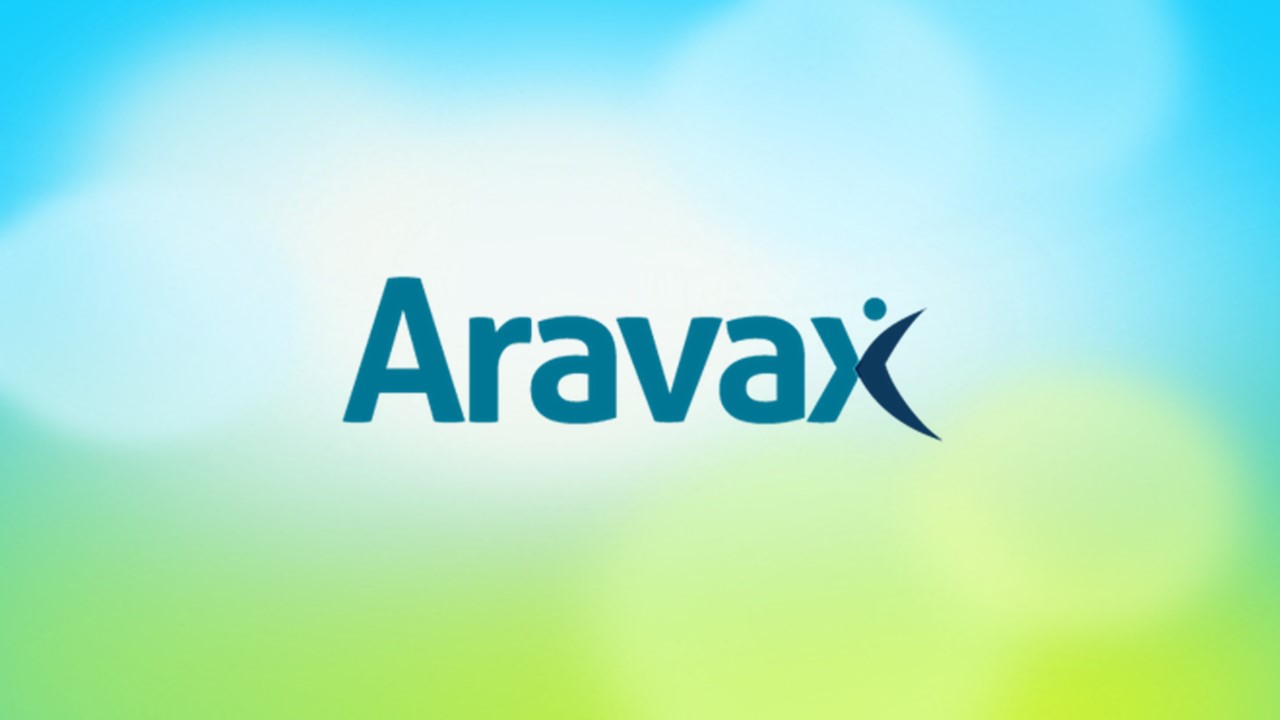
In December 2020, pharma giant AstraZeneca (AZ) announced its intention to acquire biopharmaceutical company Alexion. The merger would give AZ an increased portfolio in rare disease and immunology. While the US Federal Trade Commission (FTC) has approved the merger, several regulators, including the UK’s Competition and Markets Authority (CMA), have held out against possible competition concerns.
The parties
AZ’s chief strength lies in its oncology portfolio, with cancer drugs Tagrisso and Lynparza increasing 17% to $1.15 billion and 37% to $543 million respectively in Q1 2021. The company has also historically been strong in cardiovascular, renal and metabolism and respiratory diseases.
AZ has also been increasing its interest in immunology treatments. In Q1 2021, its immunotherapy drug Imfinzi’s sales increased by 20% to $556 million.
Jefferies analysts recently predicted that the company is set to grow faster than the rest of Big Pharma in the EU.
Alexion’s focus is on complement inhibition and rare disease, with five approved therapies for seven different rare diseases. Demand in the space is allegedly set to grow by a low double-digit percentage in the next few years.
The rare disease field has historically faced a severe lack of funding and translational difficulties. Nevertheless, the area saw several significant treatments approved during the COVID pandemic and has the potential to provide access to untapped markets with unmet needs.
Background
AZ first announced its intention to acquire Alexion in December 2020, but was forced to withdraw and refile its notification and report form in March 2021 after a multinational working group was organised by the US’ FTC to reevaluate approval of pharmaceutical mergers.
While the merger was approved by the FTC in April 2021, as well as authorities in Canada, Brazil, and Russia, the UK’s CMA is scrutinising the deal for potential anti-competitive issues (as are regulators in Japan and the EU). Since that point, Alexion’s and AZ’s shareholders have approved the deal.
The CMA is likely to complete the first phase of its review by 21 July, with either a second phase then considered or a decision then published.
Should this deal be fully cleared, AZ will control assets within Alexion’s commercial portfolio worth around $6 billion. This would include 11 molecules in more than 20 clinical development programmes across a number of indications, and five specialty drugs (such as first-in-class anti-complement C5 monoclonal antibody Soliris, and C5 monoclonal antibody Ultomiris).
Results of the merger
AZ has said the acquisition, particularly of Soliris, would generate double-digit average annual revenue growth until 2025. The pharma giant is intending to combine Alexion’s portfolio with its own precision medicine experience to improve product areas including haematology, metabolic disorders, cardiology, acute care and ophthalmology.
The deal should also give AZ a combined portfolio of 28 drug programs in late-stage development by 2022, and 12 blockbuster drugs by 2023. To facilitate this, AZ will build a rare disease business unit for its new acquisition in Boston.
The acquisition will bring AZ’s rare disease and immunology profiles further into competition with Roche and Novartis, both of whom have a number of drugs in each area.
Value of the deal
Bullish analysts put more importance on the deal than just an increase in company revenue – indeed, other companies could provide greater short-term revenue growth at only fractionally more cost to acquire. Rather, the value of the AZ / Alexion deal, they argue, lies in the acquired company’s rare disease portfolio, something that AZ has had less experience in to this point. It has, in the past, spun out rare disease drugs into standalone biotechs, including a rival therapy to Soliris, Uplizna.
They also point to a boosted immunology division thanks to Alexion’s complement system work. This could have relevance to a number of diseases, from arthritis to mood disorders.
Others are not so confident about the acquisition’s success, however. The recent 2016 sales scandal which damaged Alexion’s reputation, and questions around its drugs’ heavy costs, have led some to question the biopharma company.
Investors have argued that AZ is paying over the odds for Alexion, with a 45% premium being offered over the biopharma company’s current share price. One analyst suggested that the deal only occurred at all because AZ needed to buy any company to increase cash flow and ensure it hit its earnings growth targets.
Joshua Neil, Editor
PharmaFeatures
Subscribe
to get our
LATEST NEWS
Related Posts

Leadership, Trends & Investments
Aravax Continues International Expansion with Appointment of Aled Williams as Chief Business Officer
Aravax announces the appointment of Alex Williams as Chief Business Officer.

Immunology & Oncology
The Silent Guardian: How GAS1 Shapes the Landscape of Metastatic Melanoma
GAS1’s discovery represents a beacon of hope in the fight against metastatic disease.
Read More Articles
Myosin’s Molecular Toggle: How Dimerization of the Globular Tail Domain Controls the Motor Function of Myo5a
Myo5a exists in either an inhibited, triangulated rest or an extended, motile activation, each conformation dictated by the interplay between the GTD and its surroundings.
Designing Better Sugar Stoppers: Engineering Selective α-Glucosidase Inhibitors via Fragment-Based Dynamic Chemistry
One of the most pressing challenges in anti-diabetic therapy is reducing the unpleasant and often debilitating gastrointestinal side effects that accompany α-amylase inhibition.













